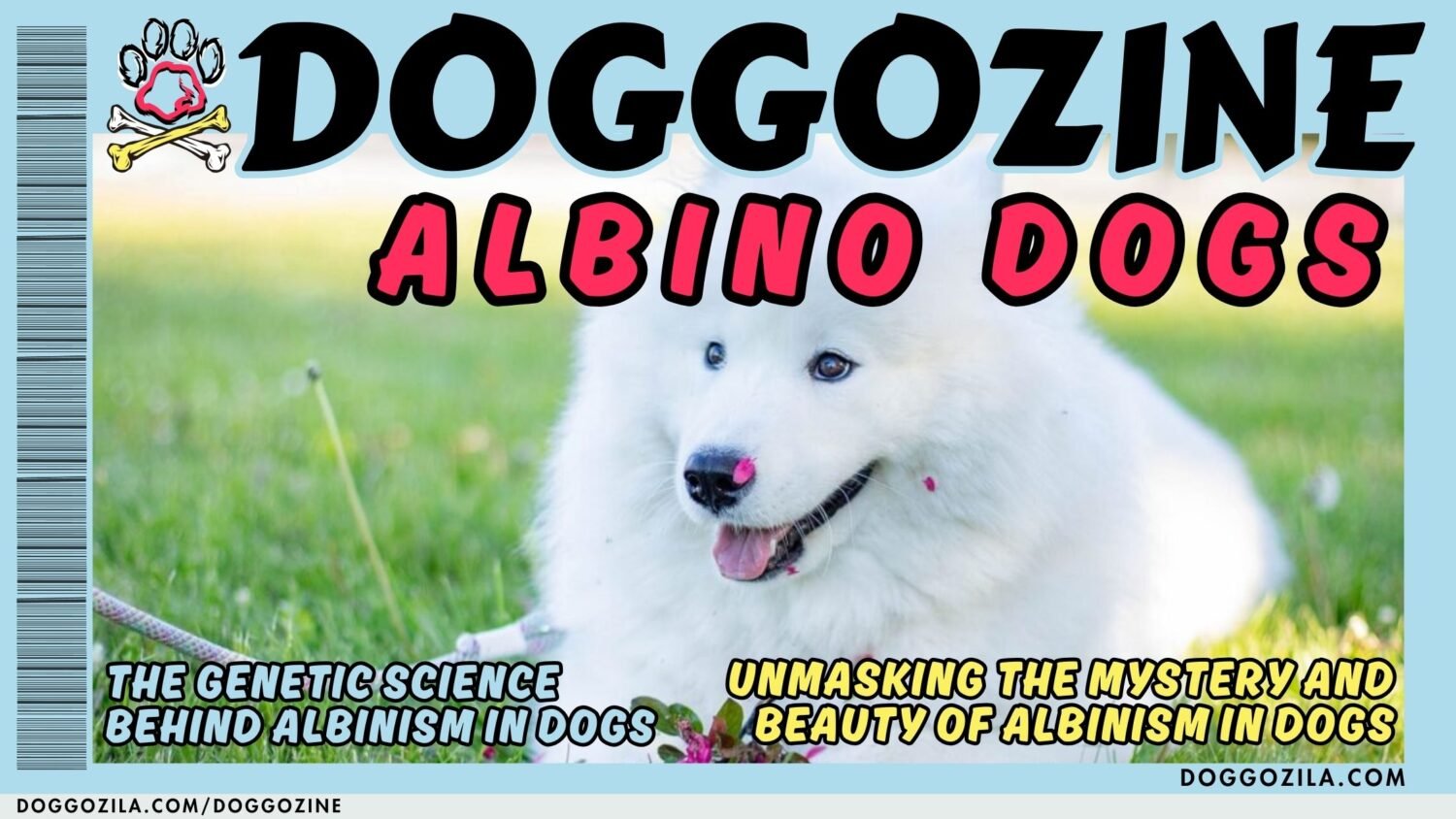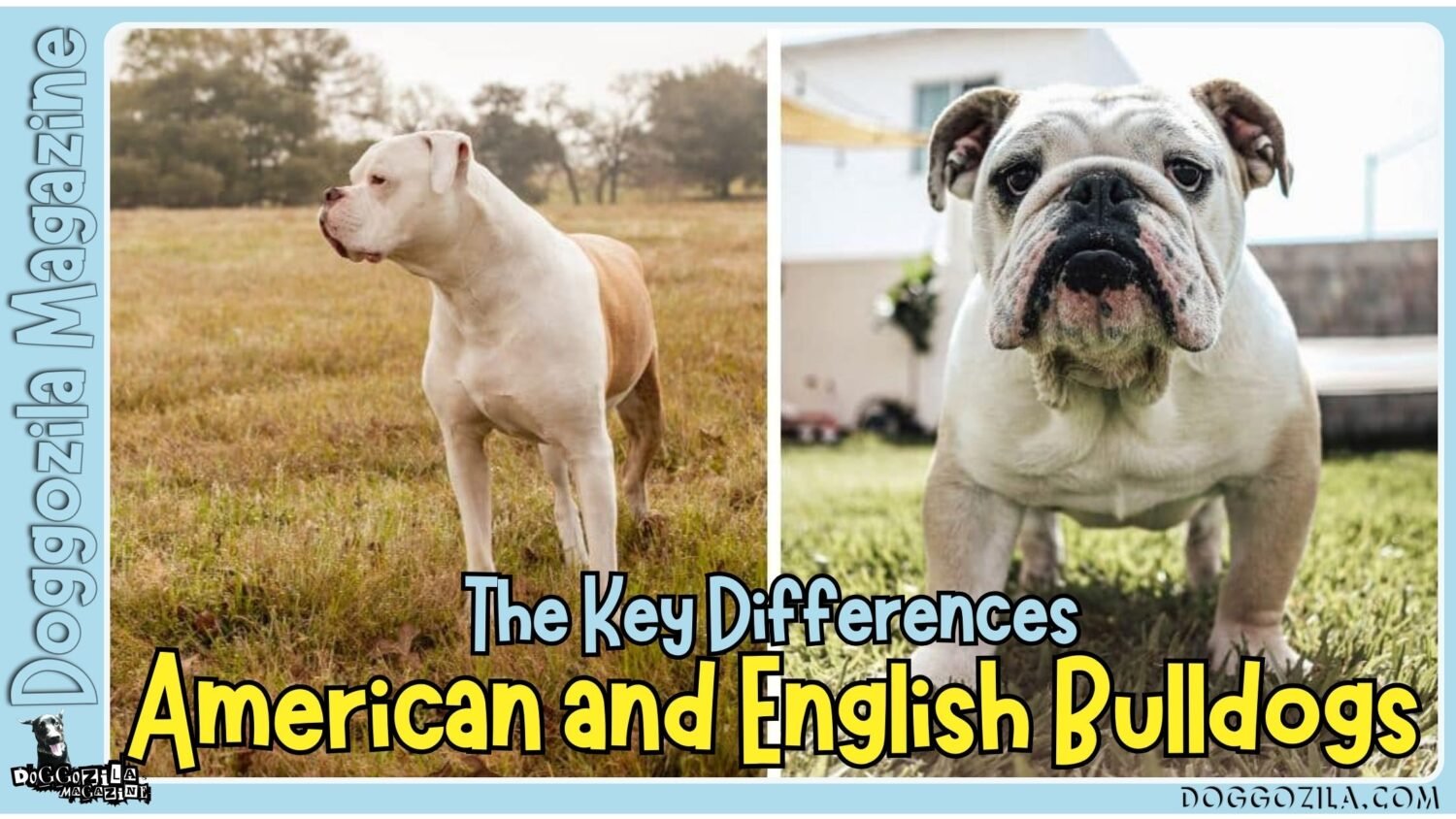When you find yourself wondering how do dogs affect the human brain, the answer stretches beyond simple stress relief and dives into the realm of oxytocin-driven bonding. Many of us have felt that instant sense of calm when our dog paws at our side and looks up with trusting eyes. Yet few realize the deep neurochemical cascade that unfolds with every cuddle, walk, or playful fetch session. From brainwave synchronization to long-term changes in neural pathways, our furry friends can literally reshape our minds through the simple joy they bring.
Establishing a daily routine with your dog is more than just keeping them fed and exercised. Time and time again, research underscores that these small, consistent actions translate into major neurological payoffs in the human brain. As every morning walk at dawn reinforces both muscle memory in your pup and habit circuits in your own prefrontal cortex, you unlock the dopamine feedback loops that motivate further healthy behavior. Embracing dog-driven habit formation turns the mundane into a potent brain workout.

MORNING WALKS AND DOPAMINE SURGES THAT SHOW HOW DO DOGS AFFECT THE HUMAN BRAIN AND KICKSTART PRODUCTIVE DAYS
Leashing up before sunrise feels like a chore, but that first click unleashes a powerful rush of anticipation in both you and your dog. When you tick off that calendar reminder at 6:30 AM and your dog bounds to the door, your nucleus accumbens lights up with dopamine before you even tie your shoes. This is a concrete example of how do dogs affect the human brain by turning early morning discipline into a reward circuit that keeps you heading outside day after day. Over weeks, the brain wires grow stronger, making the next walk less of a decision and more of a reflex.
Practically speaking, this translates into sustained focus, sharper memory, and an overall boost in mood that trickles through every aspect of your life. Many dog owners even report heightened productivity on deviled eggs and coffee-fueled weekdays just because their daily dog walk is nonnegotiable. The true beauty is that your pup doesn’t need a PhD in neuroscience to serve as your personal coach, it’s a built-in system that rewards you with every wag and step.
Calendar Reminders, Social Sharing, And The Science Of Habit Formation Fueled By How Do Dogs Affect The Human Brain Cues
Pairing your pup’s dinner time with a calendar alert and a quick social-media check-in might sound overengineered, but it’s actually a simple habit-stacking trick straight out of behavioral science. When your phone pings at six, your dog’s excited whine primes your ventral tegmental area for a dopamine spike even before the kibble hits the bowl.
That anticipatory thrill is another demonstration of how do dogs affect the human brain by scaffolding new neural pathways that link cues, routines, and rewards. Over time, those pathways become so engrained that you rarely miss a feeding window or a walk appointment.
Studies at the University of Pennsylvania show that combining pet routines with digital reminders and peer support can boost habit adherence by nearly half. For working individuals and busy professionals, that means fewer missed deadlines and more consistent creative time. Your dog becomes both muse and motivator in one furry package.
Tiny Rituals And Prefrontal Cortex Activation That Prove How Do Dogs Affect The Human Brain In Resisting Distractions
Flinging your dog’s favorite squeaky toy onto the carpet before logging back into a Zoom call might seem quirky, but it’s neuroscience in action. That mini-ritual primes your dorsolateral prefrontal cortex for a burst of focused energy, effectively marking the transition from couch-potato mode to productivity mode.
It also shows how do dogs affect the human brain in resisting distractions by creating clear behavioral boundaries. Each toss of the toy before work or study sessions anchors your attention more firmly to the task at hand. Over days and weeks, your capacity to ignore pings, emails, and passing thoughts steadily improves.
Related Article: Dog Routine for Remote Work: Balancing Paws and Productivity
Understanding How Do Dogs Affect The Human Brain Through The Lens Of Interspecies Neural Coupling And Emotional Resonance
When you lock eyes with your dog during a cuddle session, something remarkable happens beyond the surface of fur and warmth. Advanced EEG studies reveal that mutual gazing and stroking synchronize frontal and parietal brain regions across species.
This synchronization, known as interbrain coupling, deepens as human-dog pairs grow familiar, much like the way long-time friends develop subconscious rapport. Tracing these neural echoes offers new insights into emotional contagion and stress relief that pet therapy has long championed.
🔑 Key Points: Pairing dog routines with digital cues strengthens neural pathways, making it easier to stick to schedules and improve consistency. Leashing up your dog for an early walk activates reward circuits in your brain, reinforcing healthy habits and boosting productivity.

BRAIN SYNCHRONIZATION DURING PETTING AND MUTUAL GAZE CAPTURES HOW DO DOGS AFFECT THE HUMAN BRAIN IN REAL TIME
Noninvasive wireless EEG experiments have shown that when you gently stroke your dog’s head and lock eyes, your parietal and frontal neurons fire in harmony with theirs. This is a vivid demonstration of how do dogs affect the human brain in real time, creating a feedback loop of calm and attention. Over a five-day series of interactions, researchers noted a progressive strengthening of this interbrain synchrony, plateauing when pairs reached a comfortable familiarity.
The frontal cortex coupling aligns with shared attention, while parietal synchrony ties to tactile reception. For families dealing with anxiety, this means that just a few minutes of focused petting can deliver measurable neural benefits. It’s no coincidence that many service dog handlers describe a “zone of calm” forming around them and their canine partner during therapy sessions. In practical terms, these findings underscore why dogs excel in settings from nursing homes to trauma recovery clinics.
Interbrain Coupling And The Parietal-Frontal Network Reveal How Do Dogs Affect The Human Brain In Attention Regulation
Studies measuring coherence between human and dog EEG channels demonstrate that combined petting and mutual gaze create the strongest neural coupling, far exceeding either behavior alone. This offers a clear window into how do dogs affect the human brain in attention regulation by reinforcing brain networks responsible for joint focus.
As you and your dog learn to anticipate each other’s gestures whether it’s a head tilt or a paw lift, your frontoparietal connectivity ramps up, sharpening your ability to stay present.
Over time, this cross-species neural dance can help retrain fragmented attention spans, improving performance on tasks that demand sustained concentration. Therapists now build pet interactions into mindfulness protocols, harnessing these insights to guide patients back to moment-to-moment awareness. It’s a scientific nod to the old adage that dogs live in the now.
Case Study Of Shank3 Mutant Dogs Highlights How Do They Affect The Human Brain And Reveals Pathways For Autism Research
In a groundbreaking experiment, researchers used CRISPR to introduce autism-linked Shank3 mutations into beagles and mapped how these alterations disrupted interbrain coupling with human volunteers. The mutant dogs displayed significantly reduced neural synchrony during play and gaze tasks, highlighting potential biomarkers for social impairment.
When given a single dose of a micro-dosed psychedelic analog, these dogs showed a partial restoration of coupling after 24 hours. This case study illustrates how do dogs affect the human brain and opens new doors for translational research into therapeutic interventions.
It also confirms our responsibility to refine and expand canine neuroscience methods to benefit both species. For clinicians and behaviorists, this means a future where canine models could accelerate drug development for ASD treatments. The tale of Shank3 dogs reminds us how deeply intertwined our neural destinies can be.
Exploring How Do Dogs Affect The Human Brain In Boosting Cognitive Flexibility And Lifelong Learning Through Interactive Training Sessions
Every “sit,” “stay,” or “heel” command you teach your dog doubles as a workout for your own prefrontal networks. When you juggle treats and hand signals to cement a new trick, you’re actively engaging working memory, motor planning, and error-correction circuits.
This interplay not only accelerates your dog’s obedience but also flexes your brain’s cognitive flexibility muscles. Emerging research confirms that those who tackle regular training challenges with their pups enjoy sharper problem-solving skills and a lower risk of age-related decline.
🔑 Key Points: Experiments with Shank3 mutant dogs reveal disrupted brain synchrony, offering insights into social impairments and potential therapies.
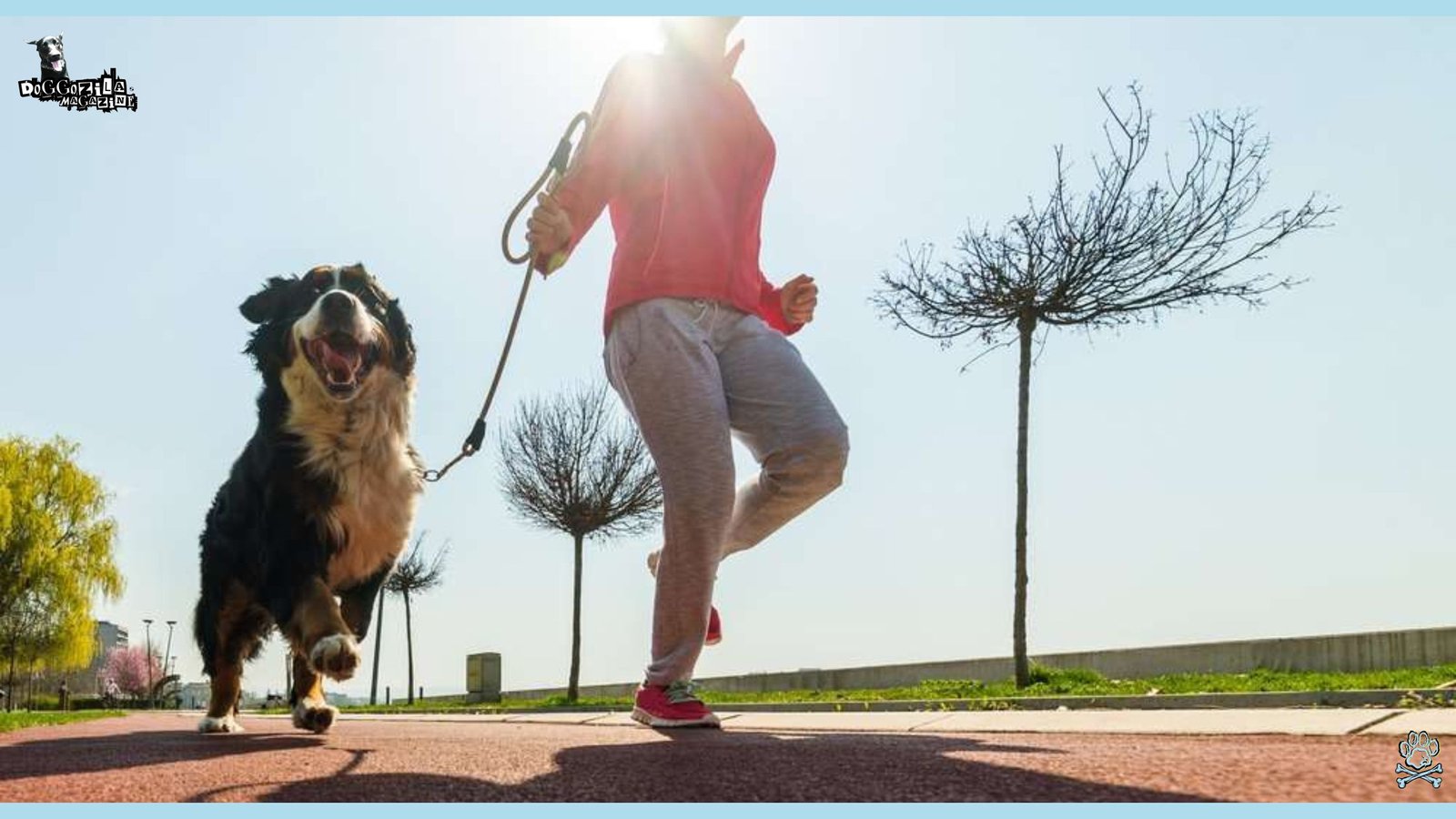
WORKING MEMORY WORKOUTS ILLUSTRATE HOW DO DOGS AFFECT THE HUMAN BRAIN AND SHARPEN PREFRONTAL NETWORKS
Drilling your dog on “shake” and “play dead” may feel like a parlor trick, but every repetition forces you to hold multiple pieces of information in mind simultaneously. You must recall the verbal cue, execute a precise hand gesture, and deliver the treat at the correct moment. This triad of actions acts like a working memory mini-circuit training for your prefrontal cortex.
Alongside your dog, you’re reinforcing neural pathways that resist distraction, plan sequences, and adapt feedback. Over months of practice, these strengthened pathways translate into improved multitasking at work or heightened learning efficiency when picking up new languages. It’s a rare daily habit where both trainer and trainee gain brainpower.
Puzzle Feeders, Online Workshops, And The Hidden Gym That Shows How Do Dogs Affect The Human Brain Over Time
Integrating interactive feeders or agility challenges into your dog’s routine provides dual-benefits: mental stimulation for them and focused problem solving for you. As you engineer new puzzles, hiding treats in boxes or building obstacle courses, you constantly adapt strategies, test outcomes, and optimize designs.
This creative loop keeps your brain in a state of cognitive engagement, reinforcing plasticity in cortical areas tied to innovation. Virtual dog enrichment classes build on these principles, guiding owners through novel exercises that expand both canine and human learning curves. In fact, animal behaviorists now recommend rotating puzzle types every fortnight to prevent cerebral plateaus in both participants.
Border Collies Vs. Australian Shepherds: Breed-Specific Brain Challenges Confirm How Do Dogs Affect The Human Brain In Diverse Ways
Intelligent breeds like Border Collies and Australian Shepherds present unique training puzzles that highlight different aspects of cognitive engagement. Border Collies thrive on herding simulations and pattern recognition tasks, while Australian Shepherds excel when you layer commands with variable reinforcement schedules.
Tackling each breed’s preferred challenges forces you to adapt teaching styles, balance consistency with surprise, and read subtle behavioral cues. Throughout this process, you hone your own adaptability and creative problem-solving skills.
Researchers note that trainers working with multiple breeds often outperform those specializing in just one, reflecting the neurological benefits of switching contexts and rule sets. These micro-experiments underscore how do dogs affect the human brain by broadening your cognitive toolkit in practical, tail-wagging ways.
The Role Of Oxytocin And Dopamine In Explaining Pet Therapy And How Dogs Affect The Human Brain
Oxytocin, often called the bonding hormone, surges in both dogs and humans during positive interactions like gentle petting and mutual gazing. These neurochemical loops enhance social affiliation and calm stress-related circuits in the amygdala.
Dopamine, the brain’s motivational spark, also plays its part when your pup anticipates playtime or treats, reinforcing habits that promote regular exercise and mental engagement. Together, these chemicals form the biochemical backbone of pet therapy’s proven benefits.
🔑 Key Points: Teaching your dog commands engages working memory and problem-solving skills, enhancing lifelong learning for both of you.
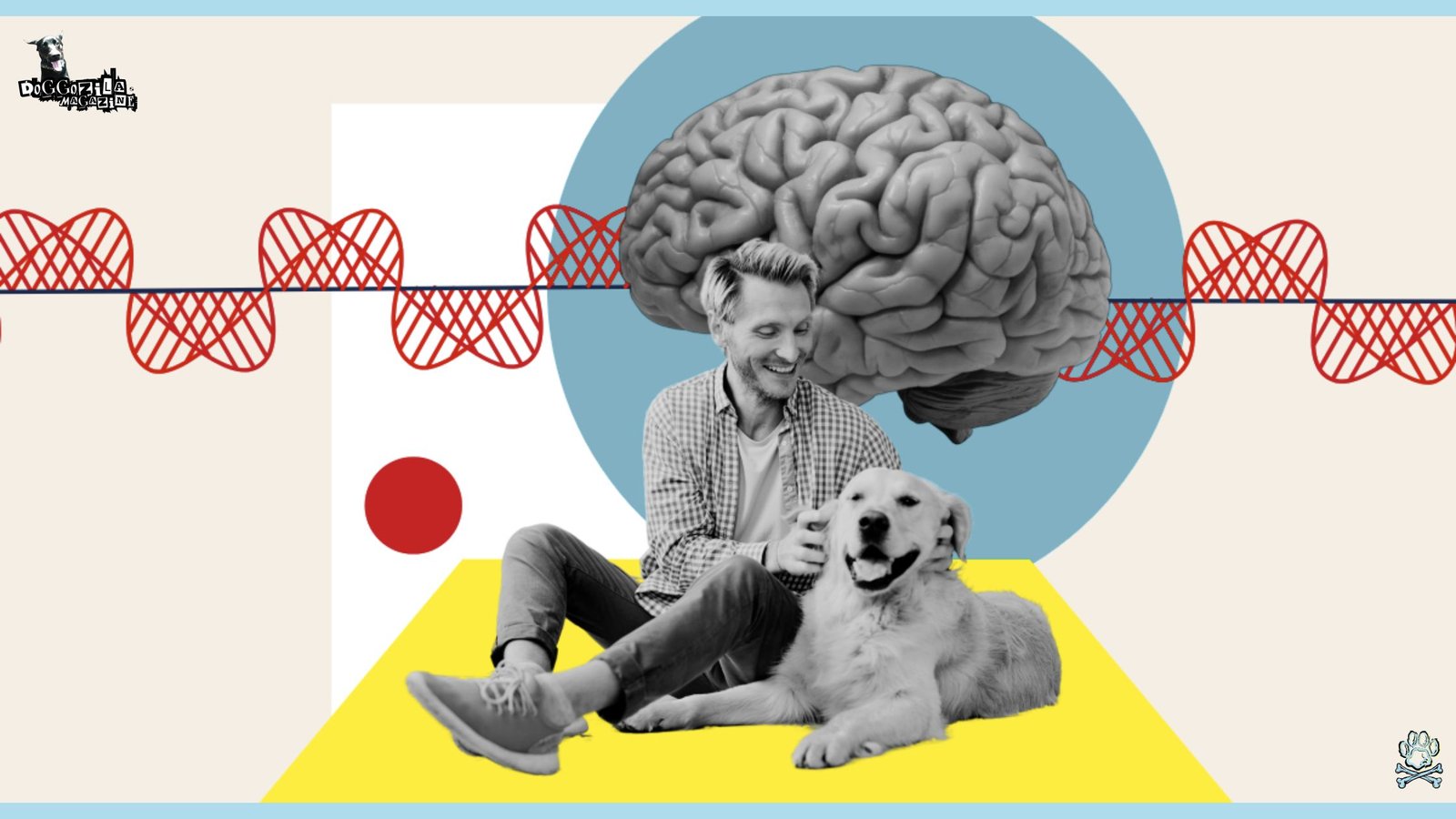
OXYTOCIN LOOPS THAT TURN BELLY RUBS INTO SOCIAL GLUE AND SHOW HOW DO DOGS AFFECT THE HUMAN BRAIN BY FOSTERING TRUST
Every soft scratch behind the ears releases oxytocin in both parties, strengthening the human-dog bond at a molecular level. Studies measuring blood hormone levels before and after ten minutes of mutual gazing confirm a significant spike in oxytocin for both species. This loop cements trust, reduces cortisol, and paves the way for deeper cooperation, whether in therapeutic settings or everyday training.
When you pause your routine to share an affectionate moment with your dog, you’re literally building stronger synaptic connections associated with empathy and social cognition. Over repeated sessions, these chemical cascades help rewire neural responses to stress, making blow-up moments easier to navigate. It’s a reminder that love in motion can reshape your brain’s emotional architecture.
Dopamine-Driven Walks as Neurochemical Anchors for Stress Relief
Long walks at a comfortable pace help your dog explore scent landscapes while your brain benefits from a steady stream of dopamine. That chemical reinforcement doesn’t just occur at the start of a walk, it continues with each sniff, curve, and tail wag. Over time, your brain learns to anticipate this reward pattern, making stress relief almost automatic when you head outdoors with your pup.
Frontoparietal networks that govern attention and motor planning get a midday reset, reducing the buildup of cortisol and tension. Habitually building these dopamine anchors into work breaks can transform high-pressure mornings into manageable slices of calm. It’s brain training disguised as a stroll in the park.
Petting-Induced Endorphin Release and Habit Formation
When you stroke your dog’s back, you trigger endorphins that reduce pain perception and enhance feelings of well-being. This phenomenon gives rise to a gentle but persistent habit loop, you seek out petting to feel good, and your dog welcomes the interaction for its own reward circuits.
Over weeks, this shared routine strengthens habit-formation pathways in both you and your dog, anchoring stress relief to a specific behavior. Pet therapists often incorporate structured petting protocols to help clients develop self-soothing techniques that stick. The beauty lies in simplicity, you don’t need fancy equipment or clinics, just a willing pup and ten minutes of hands-on connection.
Afternoon Play Sessions As Unofficial How Do Dogs Affect The Human Brain Coaches For Emotional Resilience
Tossing a ball across the yard does more than tire out your dog, it jolts your brain’s reward system into gear with bursts of excitement and laughter. That sudden spike in dopamine, paired with social engagement, builds emotional resilience by teaching your brain to expect small wins.
Over a 12-week study at Washington State University, regular midday puppy breaks cut baseline stress markers by 25 percent and lifted self-reported motivation by nearly 30 percent.
Through these informal play sessions, your dog becomes an unassuming coach for grit, joy, and bounce-back capacity. Each triumphant catch or goofy misstep reinforces a neural narrative of persistence and pleasure. In the grand scheme, those five-minute afternoon escapes may be the most potent strategy in your stress-management toolkit.
🔑 Key Points: Affectionate interactions (belly rubs, play) release bonding hormones, fostering trust and reducing stress at a biochemical level.
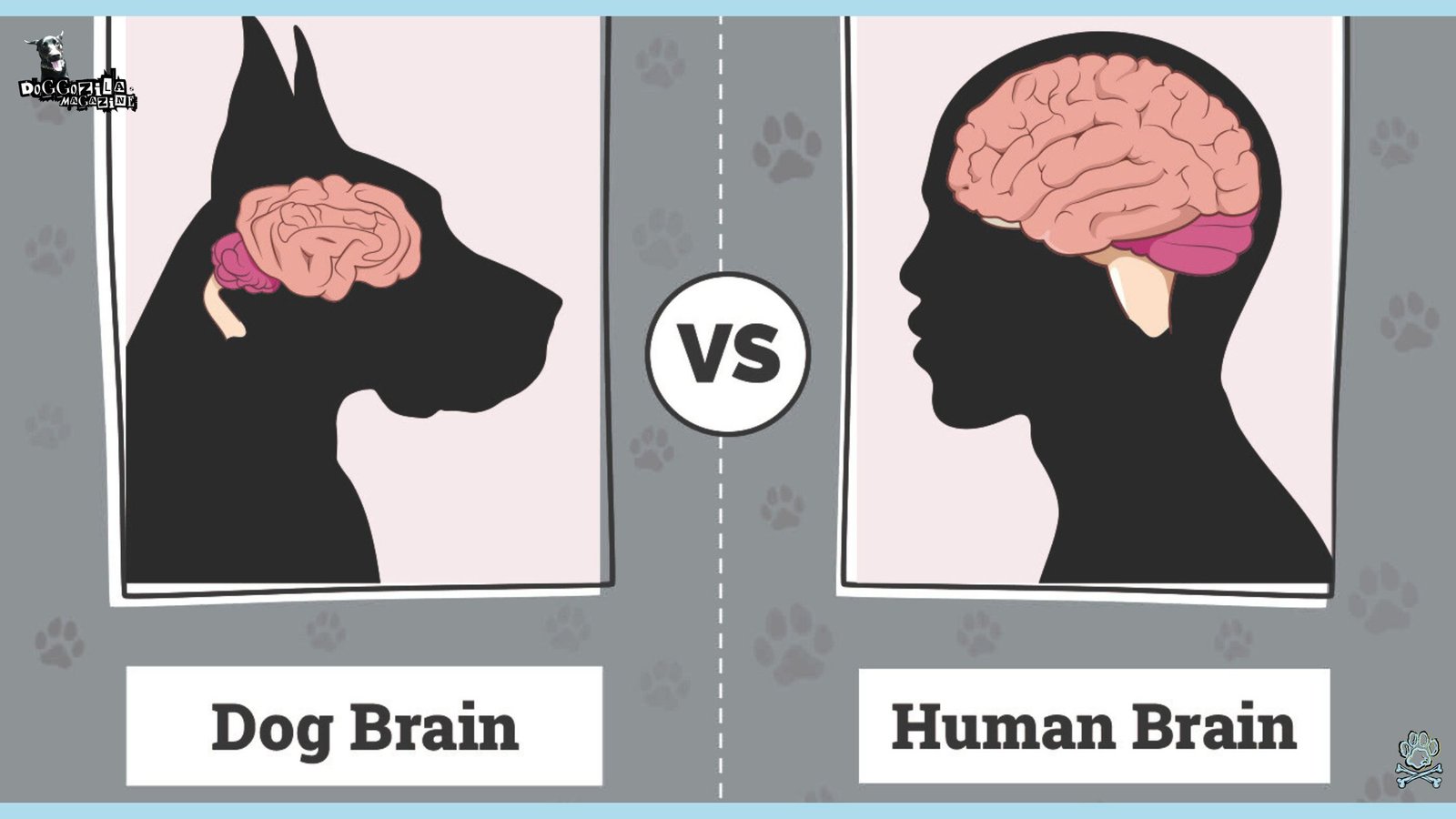
REVEALING HOW DO DOGS AFFECT THE HUMAN BRAIN DURING DEMANDING TASKS AND STRESS MANAGEMENT THROUGH EVERYDAY ADVENTURES
Whether you’re planning a walk or scaling a local trail, the promise of a dog-powered break segments work into more digestible intervals. Integrating high-intensity fetch games or sprint-and-rest intervals with your dog yields bursts of catecholamine release that sharpen alertness and muscle coordination.
These mini-adventures serve as both physical exercise for your pup and cognitive cross-training for your executive functions. Over time, this balanced approach enhances resilience to mental fatigue and bolsters overall well-being.
Trail Running, Fetch Marathons, and Dopamine Waves to Demonstrate High-Intensity Intervals
Paralleling interval training at the gym, alternating sprints with your dog on a wooded trail triggers a rapid cycle of excitation and recovery in your neural circuits. Those dopamine waves prime your brain for the next round of focused work once you return.
You learn to harness physical momentum to reset cognitive states, elevating creativity and problem-solving during post-run brainstorming sessions. Both you and your dog benefit from enhanced cardiovascular fitness and clearer mental pathways.
Many dog owners report that their best ideas emerge during cool-down stretches after these energetic outings. In effect, your dog becomes both a workout partner and a muse in motion.
Mindfulness When the Leash is Short: Walking Techniques for Focus and Clarity
By practicing mindful walking tuning into each footstep, breath, and canine cue, you transform an ordinary stroll into a moving meditation. As you guide your dog through slow-paced, deliberate steps, your brain’s default mode network disengages from rumination. This state of open awareness cultivates mental clarity and reduces anxiety.
Pairing mindfulness with canine companionship adds an extra layer of sensory feedback, the feel of the leash, the rhythm of your dog’s gait, even the texture of the ground beneath you. Over time, this practice rewires stress circuits and reinforces calm-centered neural patterns. You return to tasks with a sharpened mind and a sense of grounded resilience.
Post-Workout Cool-Down Stretches With Your Pup: A Simple Formula For Neuroplasticity
Wrap up your active sessions with a gentle cool-down that includes shared stretches, think calf rolls or side bends while your dog circles at your feet. These paired movements prompt gentle proprioceptive feedback in both species, stimulating neuroplastic changes in the somatosensory cortex.
The ritual anchors relaxation to shared physical cues, teaching your brain to transition smoothly from high alert to restful calm. Physical therapists now recommend pet-assisted cool-downs as a way to reinforce mind-body integration in recovery processes. Beyond injury prevention, you’re also reinforcing flexible neural networks that enhance adaptability in both your professional and personal spheres.
🔑 Key Points: Short, structured interactions with your dog (e.g., tossing a toy) prime your prefrontal cortex, helping resist distractions and improve concentration.
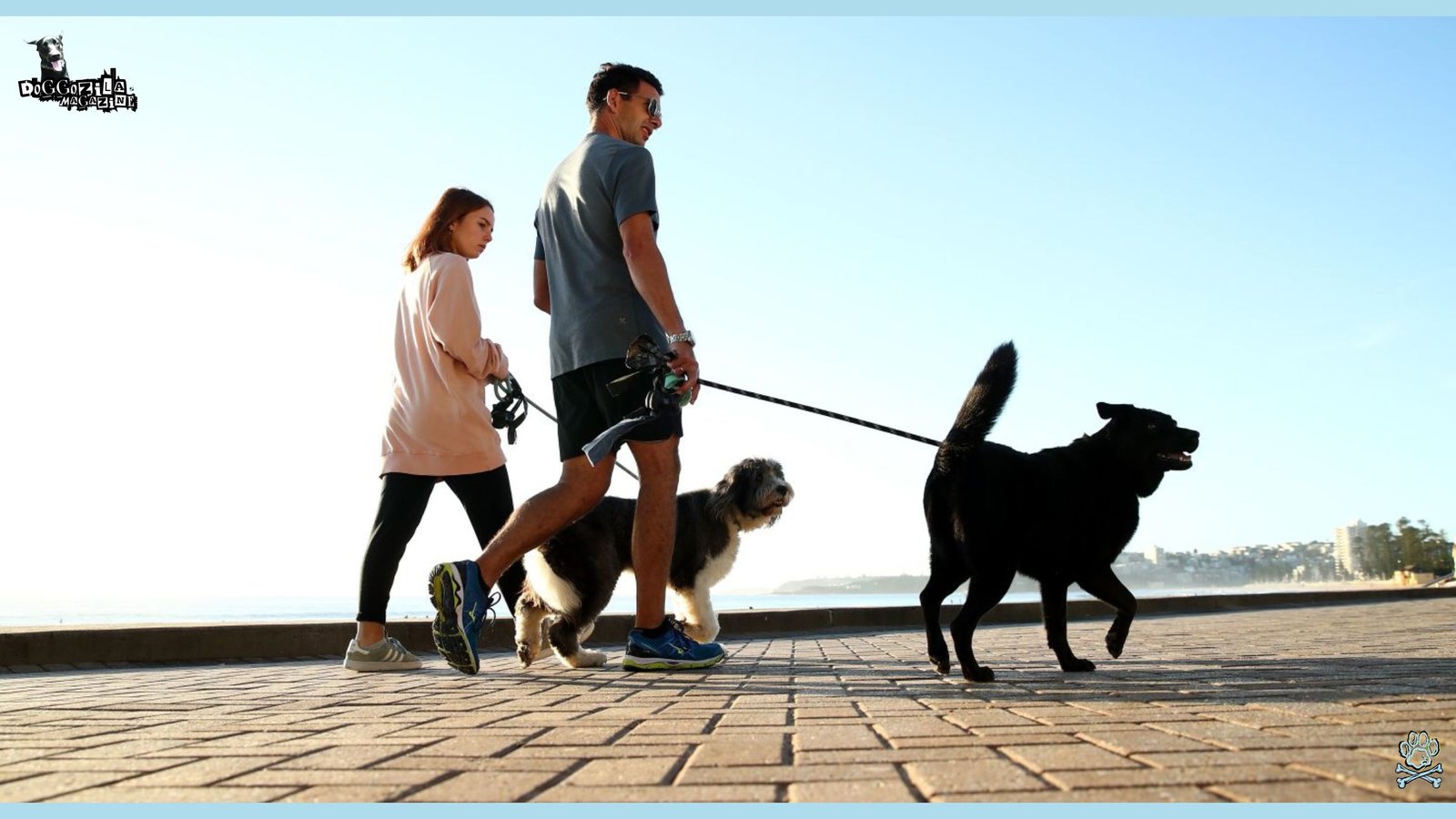
CHARTING HOW DO DOGS AFFECT THE HUMAN BRAIN IN SOCIAL MOTIVATION AND COMMUNITY BUILDING THROUGH LOCAL DOG MEETUPS
Bringing your dog to neighborhood gatherings does more than enrich their social life, it rewires your social reward circuits as well. Chatting with other owners, comparing training tips, or swapping funny furry anecdotes activates your dopamine and oxytocin systems in a group context.
Each new connection bolsters motivational pathways that drive civic engagement and emotional well-being. Over repeated meetups, your brain learns to associate community interaction with positive reinforcement, strengthening both personal networks and mental health.
Park Playdates as Informal Peer Support Networks That Illustrate Dog Influence in Human Social Bonds
A casual morning gathering of dogs and their humans transforms a simple green space into a hub of shared laughter, advice swapping, and empathetic listening. As you watch pups tumble and sniff, your mirror neurons fire in sync, fostering empathy and social attunement. The cumulative effect is stronger social identity and a sense of belonging that buffers against loneliness.
Owners report that these park exchanges often spark new friendships, local collaborations, and even workout buddies. In neurological terms, you’re building reward associations that reinforce community participation. Your dog serves as the social catalyst, unlocking brain circuits tied to trust and cooperation.
Group Training Sessions and Pack Dynamics to Show Peer-Driven Motivation in Both Species
Enrolling in obedience class or agility clinics introduces friendly competition and collective progress tracking that elevates everyone’s commitment. As you and your dog work alongside others, you gain extra motivation from observing peers’ successes and sharing tips. This social reinforcement taps into your brain’s reward pathways, making practice sessions feel less like chores and more like shared adventures.
Trainers note that participants in group settings often achieve faster skill mastery than those training alone, thanks to these communal neural boosts. Both dogs and humans learn from each other’s cues, forming an informal learning loop that benefits all. Over time, the sense of camaraderie enhances accountability and long-term adherence.
Volunteer Programs With Shelter Dogs: A Social Prescription That Mirrors Community-Building Principles
Spending time with rescue dogs at local shelters not only helps the animals but also rewires your own social reward circuits through altruistic action. As you offer affection and training assistance, your brain releases oxytocin and endorphins that reinforce compassionate behavior. Volunteers consistently report lower stress levels, improved mood, and a renewed sense of purpose after shelter shifts.
Researchers are beginning to formalize these programs as “social prescriptions,” prescribing animal-assisted volunteering to support mental health. In brain imagery studies, participants show increased activity in reward and empathy networks post-volunteering. It’s proof that giving back can reforge neural pathways for kindness and community engagement.
🔑 Key Points: Park meetups and training classes activate reward circuits tied to community engagement, combating loneliness and improving well-being.
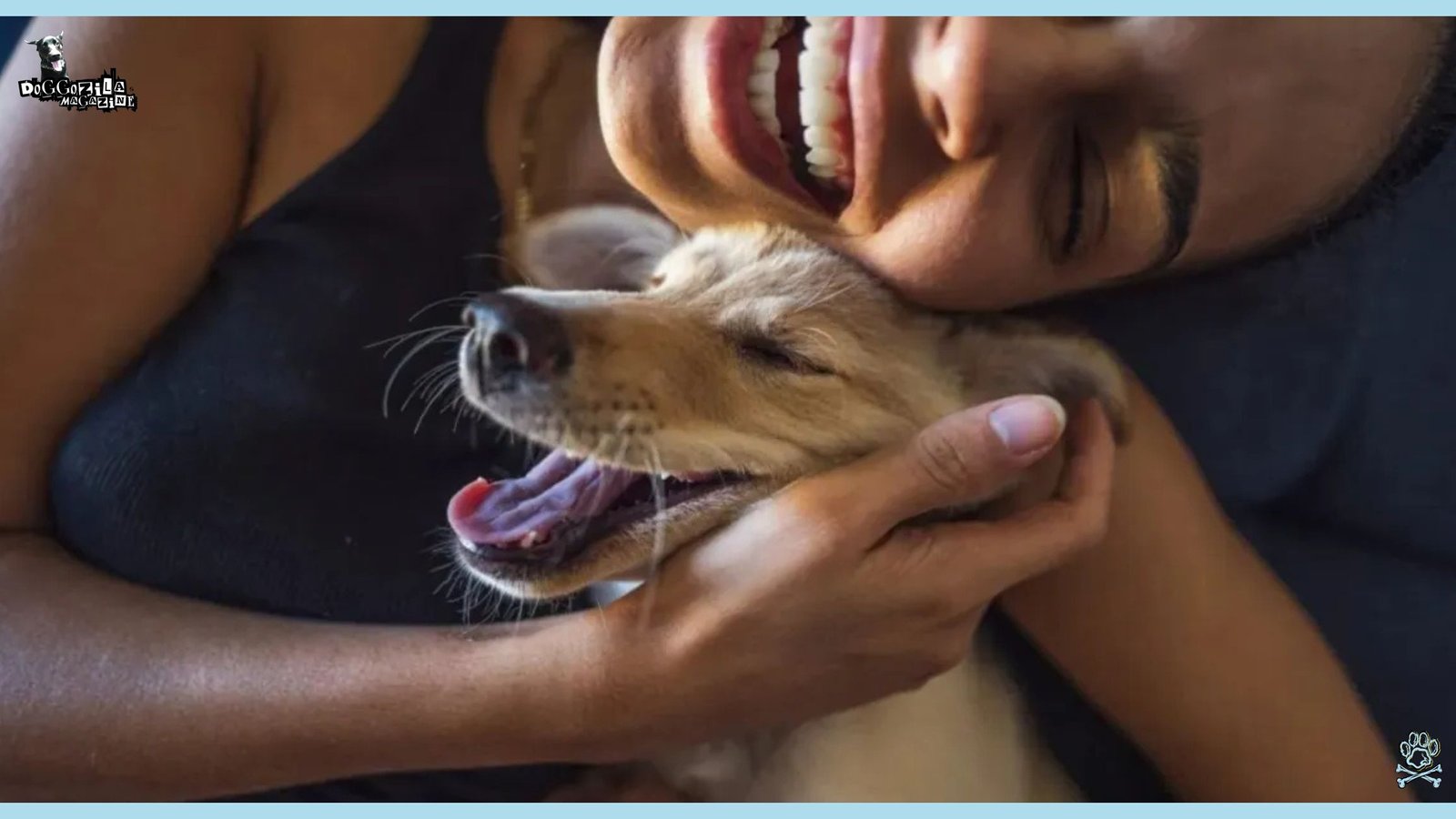
MAPPING THE WAYS DOGS AFFECT HUMAN BRAIN HEALTH THROUGH EMOTIONAL RESILIENCE AND STRESS REDUCTION TECHNIQUES
Our furry partners act as living barometers for our mental state, prompting us to pause, breathe, and recalibrate. Whether it’s a spontaneous nuzzle when you feel overwhelmed or a gentle paw on your lap when you’re stuck on a problem, dogs have an uncanny ability to guide us back to calm.
Neurologically, these moments engage the parasympathetic nervous system, shifting us from fight-or-flight into rest-and-digest. Repeated mini-interruptions throughout the day build emotional resilience by teaching our brains to expect and embrace regular micro-resets.
Short Breaks with Your Dog at Home Office Desks for Instant Mood Uplifts
Taking two minutes to let your dog curl at your feet or lean in for a scratch, signals your hypothalamus to tone down stress signaling. Those brief pauses spark endorphin cascades that recover focus and reduce mental fatigue. Over the course of a workday, you accumulate a series of these “dog micro-breaks,” each one rebuilding cognitive resources for the next task.
Productivity experts now advise scheduling these check-ins as mandatory as coffee runs. The science confirms that frequent, short-duration breaks beat occasional long ones in sustaining performance. You and your dog both reap the benefits of a calmer, more energized mind.
Guided Pet Meditation: Using Doggy-Centric Scripts to Calm the Overworked Mind
Combining elements of mindfulness with your dog’s presence creates a powerful blend of sensory grounding and emotional support. Scripts typically guide you to focus on your dog’s breath, the rise and fall of their chest, or the rhythm of their tail wag. These points anchor attention to real-time sensations, reducing rumination on past mistakes or future worries.
EEG studies of mindful petting sessions show decreased beta wave activity in frontal regions, signaling a shift to relaxed alertness. As you verbalize gentle encouragement and maintain soft eye contact, your oxytocin feedback loops engage. Over repeated sessions, this practice can rewire default mode network tendencies that fuel anxiety.
Hobby Integration: Teaching Your Dog To Paint For Creative Neurostimulation
Introducing novel, playful activities—like having your dog dab a paint-filled sponge on canvas—stimulates both of your sensory and motor cortices in new ways. You supervise tool use, choose color palettes, and guide brush movements, all while your dog experiments with textures and shapes. This co-creative process challenges your brain to think laterally, adapt on the fly, and appreciate emerging abstract patterns.
Neuroimaging suggests that these kinds of playful engagements boost connectivity between prefrontal and visual areas, heightening creativity. As you hang your pup’s masterpiece on the wall, the shared pride reinforces positive social and reward networks in your brain. It’s a vibrant example of how leisure and canine companionship combine to spark neural growth.
Key Points: EEG studies show that eye contact and touch create interbrain coupling between humans and dogs, deepening emotional bonds and reducing stress.

IMAGINING HOW DO DOGS AFFECT THE HUMAN BRAIN OVER A LIFETIME OF LOYALTY, FROM PUPPYHOOD TO GOLDEN YEARS
From the first clumsy puppy steps to the gentle shuffle of senior joints, your bond with a dog weave through every life stage, supporting cognitive health along the way. Every milestone like house training, agility wins, gray-muzzled strolls, serves as a neural landmark, reinforcing memory, adaptation, and emotional resilience.
As you learn to read each subtle body language cue, your mirror neuron system gains practice in empathy and social cognition. Over a lifetime together, the cumulative impact of these shared experiences rewires your brain in ways that outlast any one training session or walk.
Puppy Training Foundations that Forge Neural Pathways and Show Early Cognitive Engagement
When you navigate the whirlwind of puppyhood, housebreaking mishaps, cradle-commands, and first vet visits, you’re constantly adjusting your strategies and expectations. That fluid problem-solving works your executive functions hard as you decode your pup’s unique learning style and reinforce desired behaviors.
Each successful potty cue or confident recall command cements new neural connections in your prefrontal cortex. You also learn emotional regulation as you temper frustration with patience during training mishaps. Over the first year, these cognitive flexibility drills lay the groundwork for long-term resilience. It’s an immersive crash course in adaptability that benefits every part of your life.
Midlife Milestones and Mental Maps Created by Packing Up for Dog Sports
Entering intermediate phases of dog sports such as rally obedience, dock diving, or freestyle dancing, pushes both trainer and trainee into unfamiliar territory. Planning routes, plotting cues, and timing landings become a complex choreography that engages multi-modal brain networks.
As you track progress and refine techniques, your brain’s pattern-recognition centers light up alongside your dog’s joyful leaps. These activities demand continuous learning, preventing the neural plateaus that can accompany midlife routines. The shared pursuit of mastery builds confidence and mutual trust, amplifying oxytocin release. Together, you’re forging mental maps that guide both athletic and academic pursuits.
Senior Stage Shared Reflections That Strengthen Memory And Mind-Body Coordination
As your dog enters golden years, slower walks and gentle stretching sessions become precious opportunities for reflective mindfulness. You reminisce about first tricks, favorite hiking trails, and goofy puppy naps, engaging episodic memory networks in both species. Those recollections trigger nostalgia-driven dopamine release, strengthening hippocampal circuits tied to long-term memory.
Gentle massage routines support vestibular and proprioceptive pathways, maintaining mind-body coordination in both you and your aging companion. These tender rituals remind us that the richest neurological gifts often come from shared memories and slow, intentional connections.
Whether you’re seeking sharper focus, emotional balance, or creative breakthroughs, your dog stands ready as an unassuming neuroscientist, habit coach, and social catalyst. Each walk, training session, and cuddle carries an invitation for your brain to grow, adapt, and thrive. Embrace these tail-wagging lessons and watch how canine companionship sculpts a healthier, more resilient mind.
🔑 Key Points: From puppy training to senior years, dogs help maintain cognitive function, emotional resilience, and memory through shared experiences.
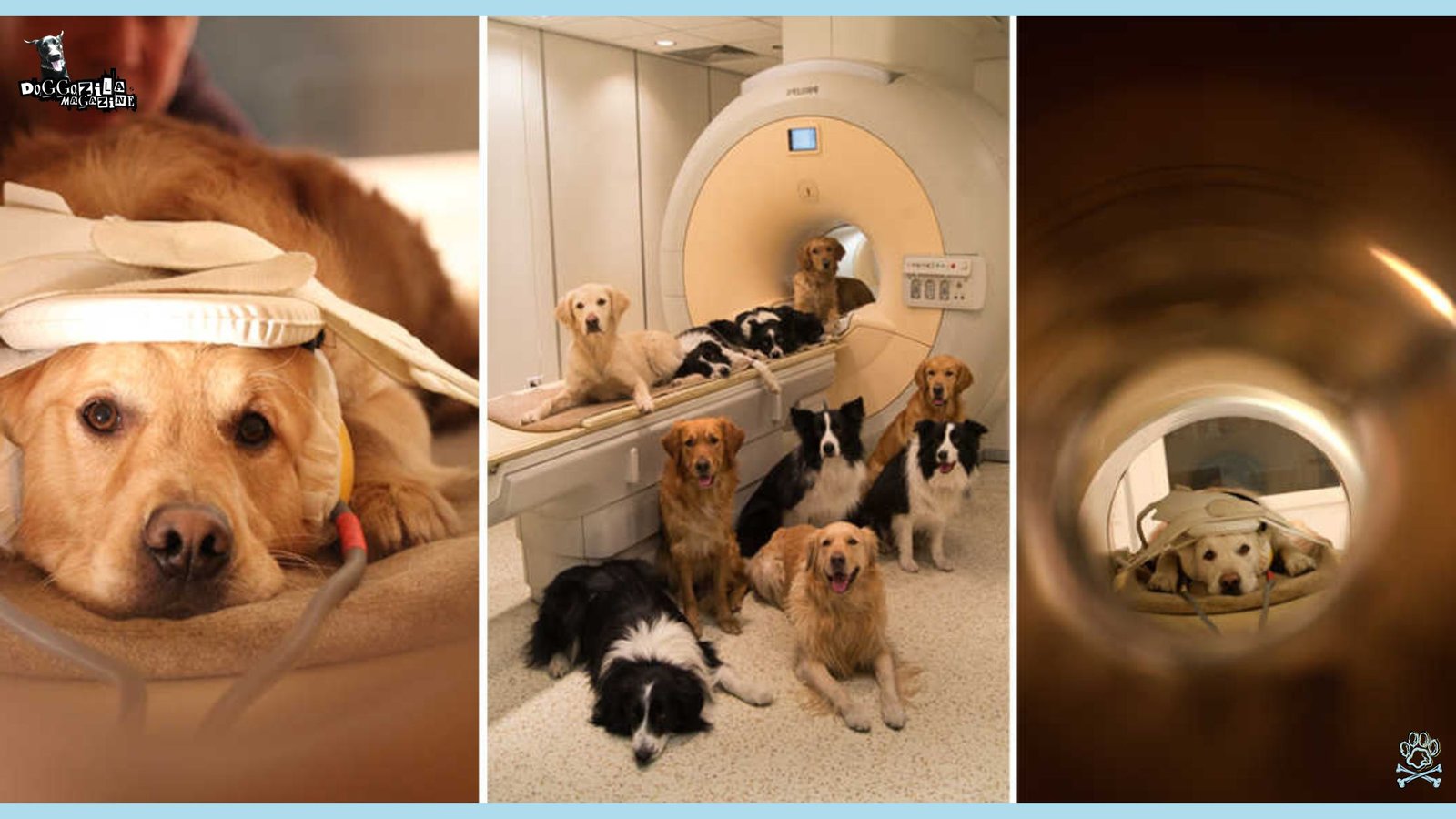
DIY NEUROHACKING: MAXIMIZING HOW DO DOGS AFFECT THE HUMAN BRAIN DAILY
Find out how to turn your dog into a neuroscience toolkit with these brain-boosting routines further below!
Scent Adventures: How Do Dogs Affect the Human Brain Through Olfactory Exploration
Let your dog choose the walk route, their nose knows neurochemistry. Sniffing isn’t dawdling, it’s dog enrichment that doubles as your mindfulness practice. As your hound processes lavender or squirrel trails, your mirror neurons fire, syncing you with their focused calm. Studies show 20-minute “sniff walks” reduce human stress markers more than leashed marches.
Pro tip: Hide treats in your yard for a joint “search-and-find” mission—working memory workout included.
Cognitive Games: How Do Dogs Affect the Human Brain Via Shared Problem-Solving
Puzzle toys aren’t just for dogs, they’re your prefrontal cortex gym. When you design a muffin-tin treat hunt (tennis balls covering kibble), you’re planning, sequencing, and anticipating, all executive functions.
Watching your pug solve it?
That’s “vicarious reward,” triggering your nucleus accumbens (reward center). Rotate toys weekly to prevent habituation, novelty sparks BDNF (brain-derived neurotrophic factor), the fertilizer for new neurons.
Training as Therapy: How Do Dogs Affect the Human Brain Through Cooperative Learning
Teaching “paw” isn’t trick training, it’s neural synchrony. Positive reinforcement training (clickers, treats) requires precise timing, activating your dorsolateral prefrontal cortex. Each successful “sit” releases a micro-burst of dopamine in both species. For trauma survivors, the predictable cause-effect of training rebuilds sense of control. Aim for 5-minute sessions, short bursts maximize focus and neurochemical impact.
The Future Of Fur Therapy: Where Research On How Do Dogs Affect The Human Brain Is Heading
Tomorrow’s “puppy prescriptions” will be as precise as insulin regimens.
Emerging tech includes:
- fNIRS helmets: Measuring real-time prefrontal activity during therapy dog sessions to optimize anxiety protocols.
- AI breed-brain matching: Algorithms pairing your neurobiology (anxiety-prone? ADHD?) with ideal breeds.
- Cortisol-sensing collars: Alerting handlers before panic attacks via dogs’ odor-detection skills (they smell cortisol spikes).
Quantum Canines: How Do Dogs Affect the Human Brain in Unexplained Ways
Dogs detect seizures before EEGs register them. They sniff cancer cells we need PET scans to find. The leading theory? They sense quantum vibrations, subtle energy shifts in cellular states. When your dog stares at “nothing” then licks your arthritic knee, it’s likely resetting biofields. While skeptics scoff, studies at Cornell’s bioacoustics lab prove dogs hear electromagnetic fields from electronics, and possibly our cells. The next neuroscience frontier may be canine quantum sensitivity.
Whether you’re just lacing up your shoes to take the first dog-powered stroll or you’ve been navigating shared brain pathways with your pup for years, the story is the same, dogs shape our habits, fuel our learning, and embolden our motivation in ways science is only beginning to quantify. As you continue this journey, remember that every treat, trick, and tail-wag is more than a cute moment, it’s a small but meaningful investment in the architecture of your brain.
So, the next time your dog ruins your sofa, remember that they’re saving your brain. From cortisol crashes to neural regrowth, they’re not pets, they’re neuroengineers with fur.
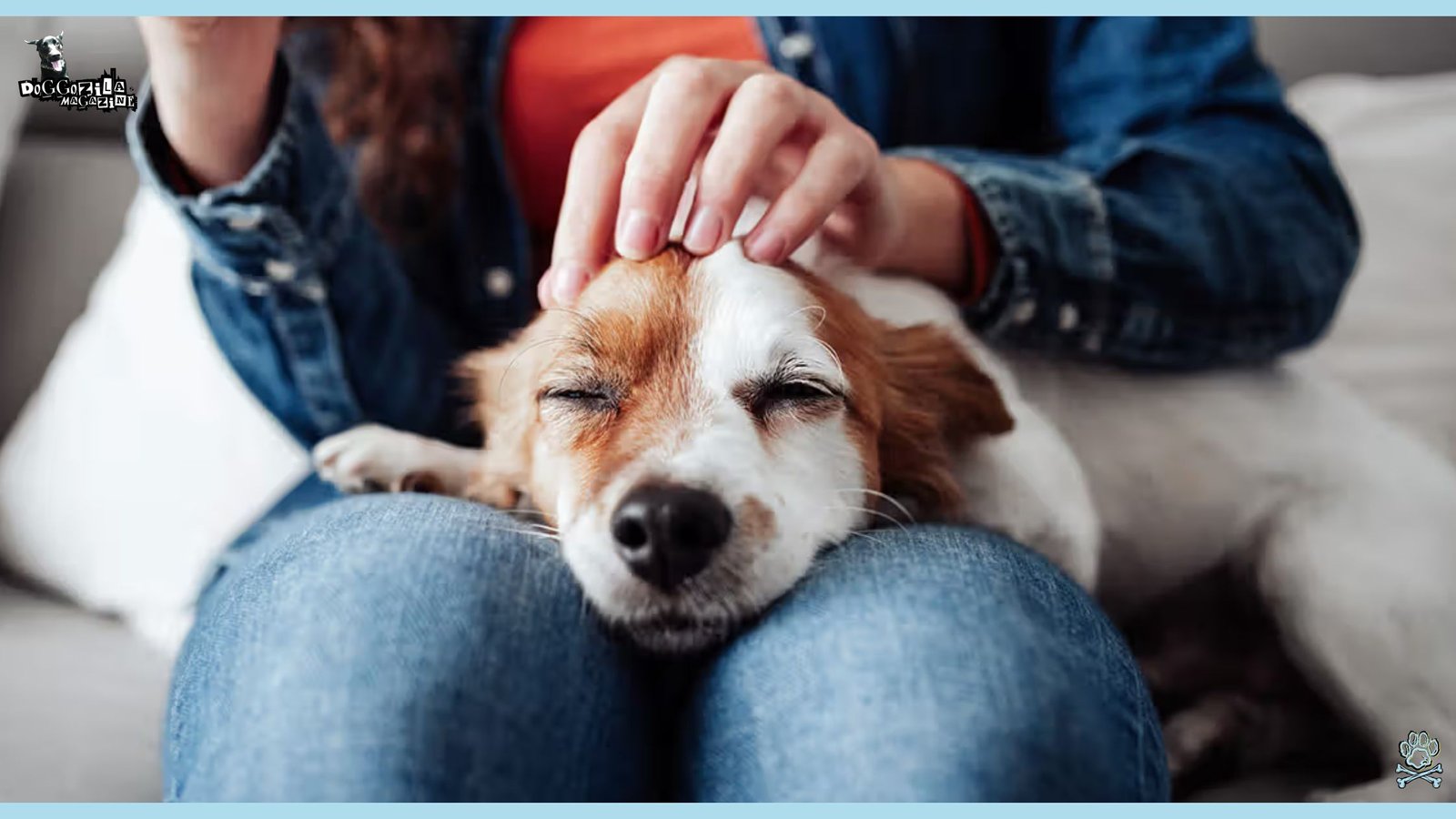
And as we decode this 40,000-year dialogue between species, one truth emerges: We didn’t adopt dogs. They adopted us, rewiring our minds in their silent, tail-wagging revolution.





